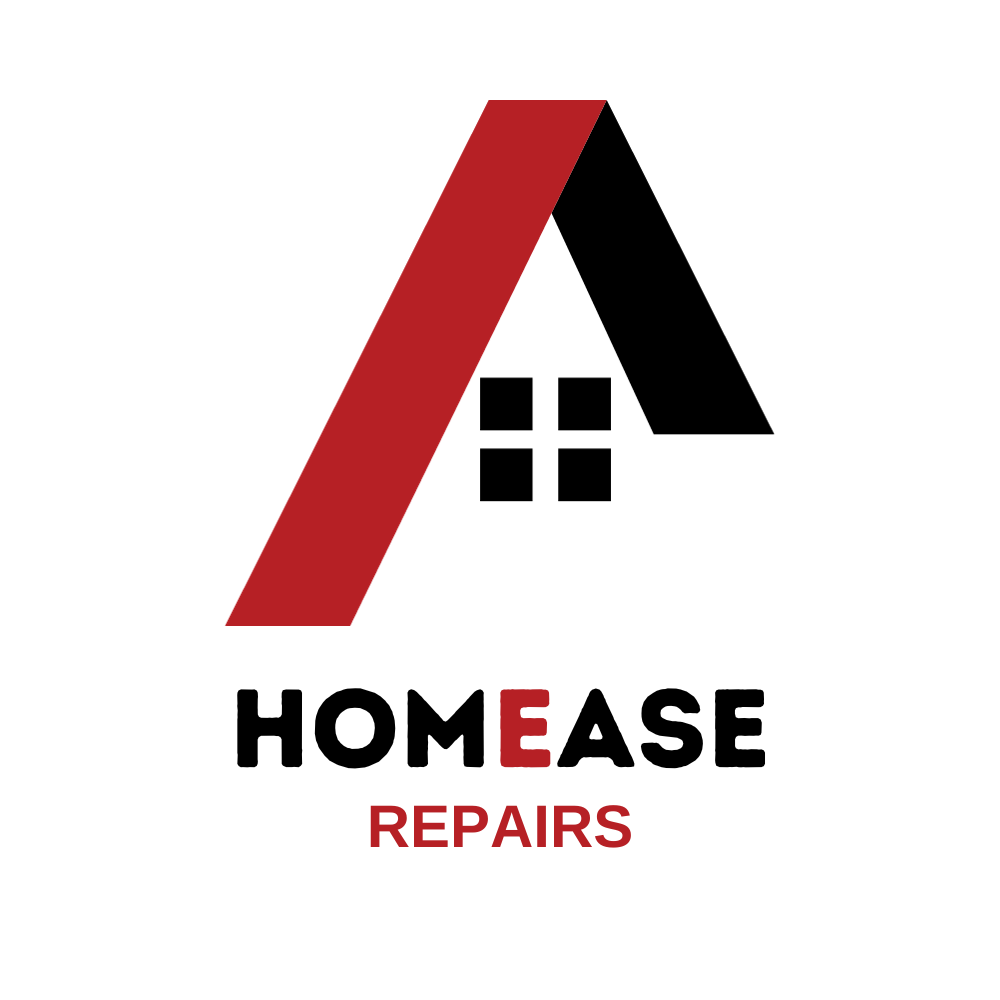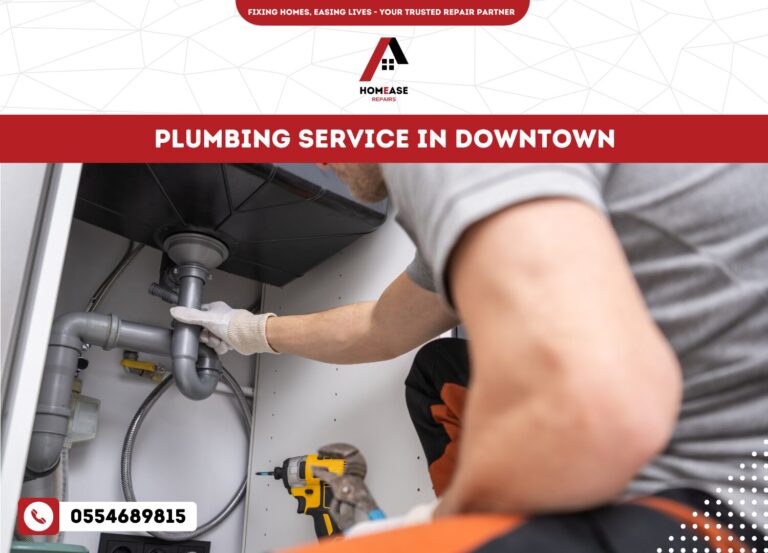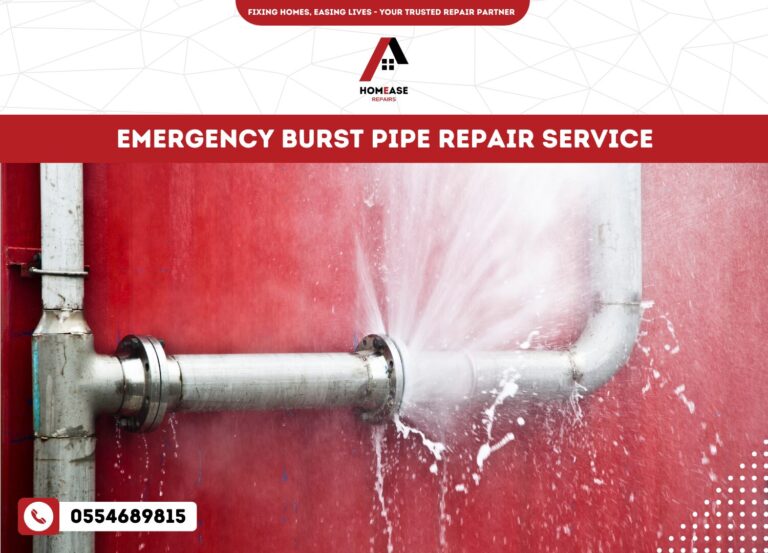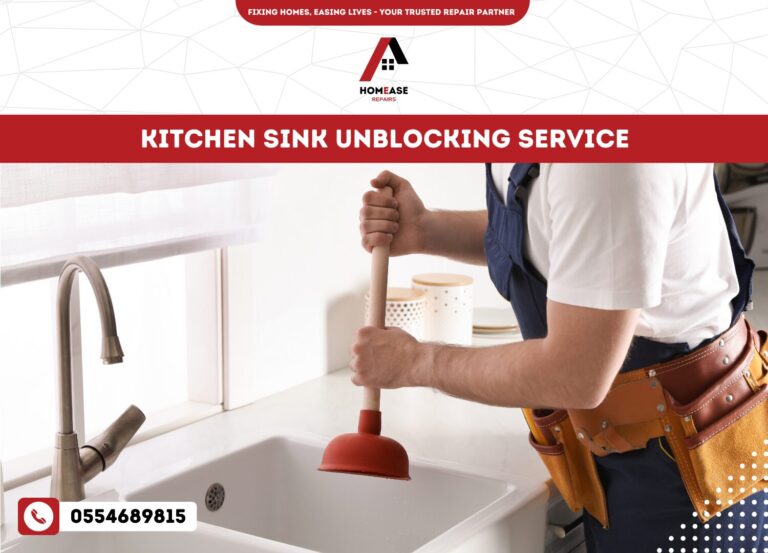Call Now: 0554689815
Washing Machine Installation
Table of Contents
ToggleAssessing Your Space for Washing Machine Installation
Assessing the layout and size of your laundry area is the first step in ensuring a smooth washing machine installation. Measure the available space to ensure that the machine will fit properly. Consider the proximity to water connections and power supplies, as these will impact the installation process. Additionally, check for any obstacles or restrictions that may hinder the installation. By thoroughly assessing your space, you can plan for a successful washing machine installation.
Assessing the layout and size of your laundry area
Assessing the layout and size of your laundry area is crucial for a successful washing machine installation. Measure the available space to ensure that the machine will fit properly without any obstructions. Consider the proximity of water connections and power supplies to avoid any inconvenience during installation. Assessing your laundry area will help you plan for a smooth and efficient installation process.
Checking the availability of power supply and water connections
Before installing a washing machine, it is essential to check the availability of power supply and water connections in your laundry area. Ensure that there are electrical outlets nearby to connect the machine. Additionally, confirm the presence of both hot and cold water supply lines for proper functioning. If these connections are not readily available, it may be necessary to hire a professional plumber or electrician to install them before proceeding with the washing machine installation.

Preparing for Washing Machine Installation
Preparing for washing machine installation involves clearing the designated installation area and gathering the necessary tools and equipment. Clearing the area ensures that there is enough space for the machine and allows for easy access during installation. Gathering tools and equipment such as a screwdriver, pliers, and a wrench is important to ensure a smooth installation process. Having all the required tools ready beforehand saves time and prevents any delays during the installation.
Clearing the designated installation area
Clearing the designated installation area is essential for a smooth washing machine installation process. Remove any furniture or appliances that may obstruct the machine’s placement. Ensure that there is sufficient space around the machine for easy access during installation and maintenance. It is also important to clear any debris or obstacles that may interfere with the machine’s stability or functionality. Taking the time to clear the area beforehand will ensure a hassle-free installation and avoid any potential damage or inconvenience.
Gathering necessary tools and equipment
Before starting the washing machine installation process, it is important to gather the necessary tools and equipment. Here is a list of items that you may need:
- Adjustable wrenches or pliers: These tools are useful for tightening and loosening nuts and bolts.
- Screwdriver: A screwdriver is essential for removing and installing screws during the installation process.
- Level: A level helps ensure that the washing machine is properly aligned and balanced.
- Tape measure: Use a tape measure to measure the space and ensure that the washing machine will fit properly.
- Bucket and towels: Keep a bucket and towels nearby to catch any water that may leak during the installation.
By having these tools and equipment on hand, you will be prepared for a smooth and successful washing machine installation.
Installing the Washing Machine
Once you have prepared the designated installation area and gathered the necessary tools and equipment, it’s time to install the washing machine. Begin by connecting the water inlet and outlet hoses securely to the appropriate faucets and drains. Next, plug in the power cord and make sure the machine is properly plugged into a functioning outlet. Before using it, it’s important to run a test cycle to check for any leaks or errors. Finally, ensure that the washing machine is balanced for stability to avoid any unnecessary vibrations.
Connecting water inlet and outlet hoses
To properly connect the water inlet and outlet hoses, begin by locating the corresponding connections on your washing machine. The water inlet hose is typically marked with a blue dot, and the outlet hose is usually marked with a red dot. Attach the water inlet hose securely to the cold water faucet using a wrench to ensure a tight fit. Connect the other end of the hose to the designated water inlet on the back of the machine. Attach the outlet hose to the drain pipe, ensuring that it is tightly secured to prevent any leaks.
Plugging in the power cord and testing the machine
Plugging in the power cord is the next step in the washing machine installation process. Ensure that the power source is compatible with the machine’s voltage requirements. Plug the cord securely into a grounded electrical outlet. Once the machine is connected, turn on the power and test the machine by running a short cycle. This will allow you to check if all functions are working properly, including water intake, drainage, and spinning.
Ensuring Proper Functionality
To ensure proper functionality of the washing machine after installation, it is crucial to run a test cycle. This allows for checking for leaks or errors in the water connections and drainage system. Additionally, balancing the machine is important for stability and optimal performance. Adjust the leveling feet if necessary to ensure the machine is sitting evenly on the floor. By conducting these checks, homeowners can prevent potential issues and ensure their washing machine is functioning properly.
Running a test cycle to check for leaks or errors
After completing the installation of the washing machine, it is essential to run a test cycle to ensure there are no leaks or errors. Start by selecting a small load and adding detergent as instructed. Check for any water leaks around the connections and inspect the drainage system for proper functioning. Test the different wash cycles, water temperature settings, and spin speeds to ensure all functions are working correctly. This step helps detect any issues and allows for timely repairs or adjustments before regular use.
Balancing the washing machine for stability
To ensure proper functionality and prevent excessive movement during operation, it is important to balance the washing machine for stability. Begin by leveling the machine using a spirit level and adjusting the feet accordingly. Make sure all feet are in firm contact with the floor. Check for any wobbling or rocking by gently pushing the machine from different angles. If instability is detected, adjust the feet until the machine remains stable during operation. A balanced washing machine not only improves performance but also reduces the risk of damage or accidents.

Troubleshooting Common Installation Issues
When installing a washing machine, it is common to encounter certain issues that may disrupt its proper functionality. Some of the common installation issues include water leakage or drainage problems, as well as electrical connection issues. To address water leakage or drainage problems, carefully inspect and tighten all water connections, ensuring there are no leaks. In the case of electrical connection issues, check the power cord and outlet for any damage or loose connections. If necessary, consult a professional appliance installation service for assistance.
Addressing water leakage or drainage problems
To address water leakage or drainage problems during washing machine installation, it is important to carefully inspect and tighten all water connections. Check the inlet and outlet hoses for any leaks or kinks. Ensure that the drain hose is properly connected to a suitable drainage system and that it is level to avoid any standing water. If leaks persist, consult a professional appliance installation service to identify and fix the issue to ensure the proper functionality of the machine.
Fixing electrical connection issues
When facing electrical connection problems during washing machine installation, it is important to ensure that the power cord is securely plugged into a working outlet. Check for any loose connections or damaged wiring. If necessary, consult a professional electrician to fix any electrical issues or install a new outlet if needed. Avoid using extension cords or adapters, as these can pose safety hazards and affect the performance of the washing machine.
Our other group of services:



